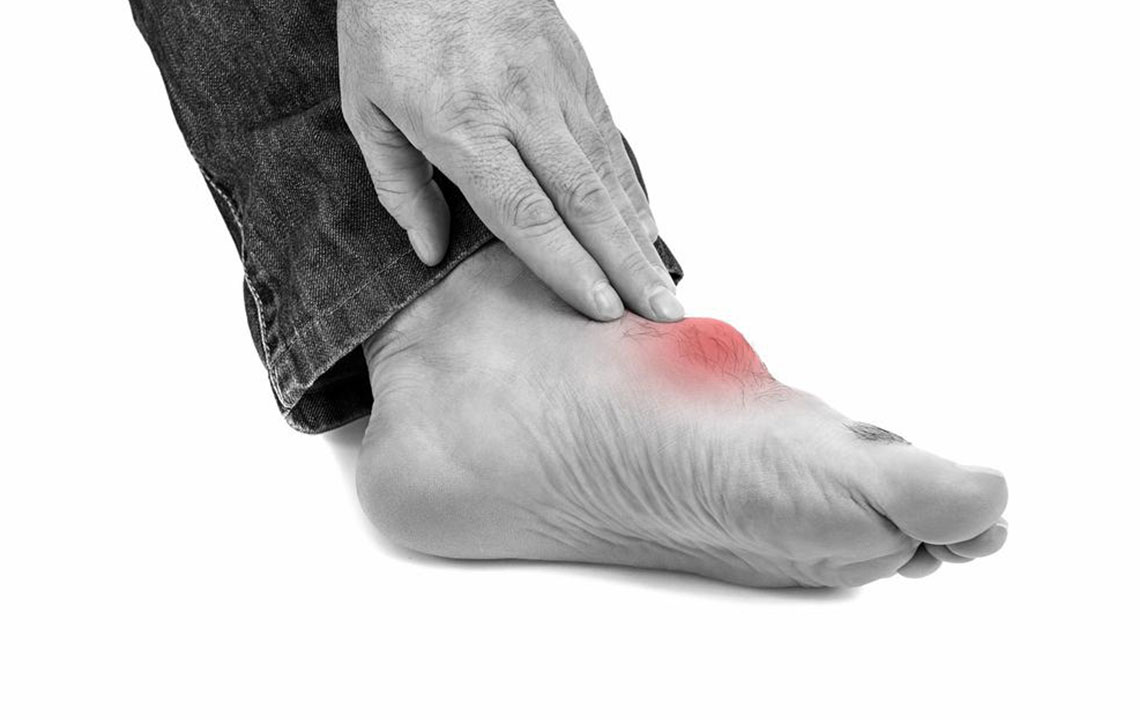Everything You Need to Know About the Best Gout Treatments

A gout is a form of arthritis that that causes inflammation in the joints because of high levels of uric acid in the blood. It usually affects the big toes, fingers, knees, and elbows and is characterized by symptoms of pain, stiffness, redness, and inflammation in the affected joints. If appropriate treatment for gout is not taken, then the attacks can occur consistently. When this condition remains unattended for a long time, it increases the risk of permanent joint and tissue damage.
How is gout diagnosed?
Your doctor will start by assessing your symptoms by conducting a physical examination. Sometimes, a sample of fluid from the joint is extracted to evaluate the uric acid crystals closely. It is the best method for diagnosing gout. Additionally, the doctor may also ask for a blood test for estimating the uric acid levels in your blood.
What kind of medications are used for treating gout?
The best treatment for gout is starting a course of medications to lower the uric acid quantity in the blood quickly. When it comes to the gout medications, they can be classified into two categories, i.e., short-term and long-term medications.
- Short-term medications for treating gout
Short-term drugs provide relief from pain and they also lower the inflammation while having an acute attack. These types of medications also play a vital role in preventing the recurrence of a severe attack. One of the best treatment for gout includes the use of NSAIDs (nonsteroidal anti-inflammatory drugs). Most common choices are naproxen, indomethacin, and ibuprofen. Your doctors might also recommend corticosteroids which are available in the form of pills or shots. During an attack, most doctors recommend a maximum daily dose of one or two medicines as a part of short-term treatment. This is a feasible type of treatment when the gout symptoms are not that severe. As the condition improves, the dosage levels are lowered. - Long-term medications for gout attacks
Long-term gout treatment makes use of a variety of drugs to lessen the uric acid levels in the blood. Several factors are taken into consideration, like how often you have had gout attacks and the intensity of each attack. Uricosuric agents are one of the most prominent long-term options available, and they are incredibly useful in eliminating uric acid from the bloodstream. Another option for severe gout attacks is the use of inhibitors that block the production of uric acid in the body. Apart from these, there are medications that are used to control gout flare-ups.
If your doctor suggests a medicine to reduce your uric acid levels, you must ensure that it is taken as directed by them. Even minor alterations in dosages can make the treatment ineffective and you may become highly vulnerable to other types of health complications. Since these types of medications are meant for long-term use, it is highly critical to know how to take them.
It also essential to remember that you should not take any prescribed medications without your specialist’s approval. In case of OTC drugs, ensure that you avoid its unwarranted consumption. Similarly, if you aren’t sure about the dosages for OTC medications, seek the help of your doctor. In cases, where you experience any unpleasant side-effects, immediately notify your doctor. If gout worsens, i.e., it causes joint or tissue damage, then your doctor can propose a surgery to correct it.
Apart from getting the best treatment for gout, you should also try out some home remedies and make some necessary lifestyle changes. The uric acids in the blood rise because you are consuming foods that are rich in purines. Therefore, you should opt for an anti-inflammatory diet that has little or no purine content. Focusing on your diet will automatically improve your condition and make the treatments for gout more effective. Foods that are known to trigger gout attacks include red meats, refined sugars, and shellfish. Some elements that should be included in your diet are vegetables, low-fat dairy products, plant oils, citrus fruits, coffee and whole grains.
Likewise, if you consume alcohol, then you should exercise moderation as it amplifies the inflammation levels in the body. Conversely, you should increase your intake of water and other hydrating fluids. A gout attack can make it extremely difficult to move around, so while you are dealing with the attack, you should avoid straining the joints and get ample of rest. As your condition improves, you can adopt low-impact exercises as like walking, cycling or stretching.


